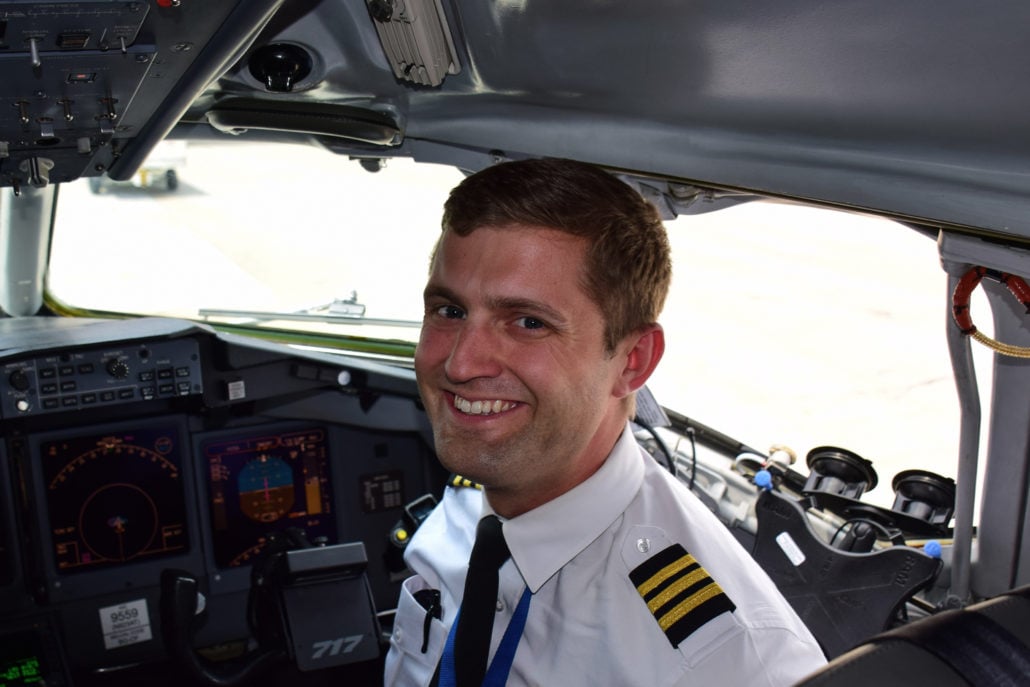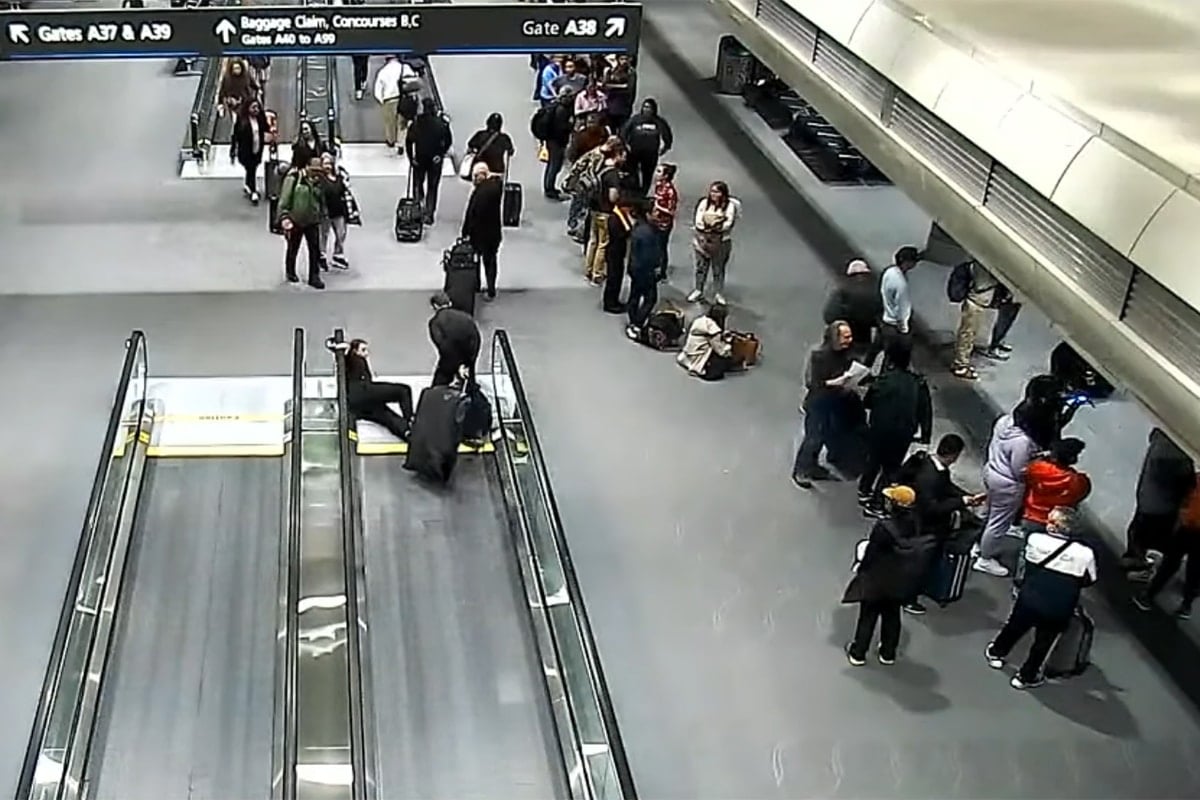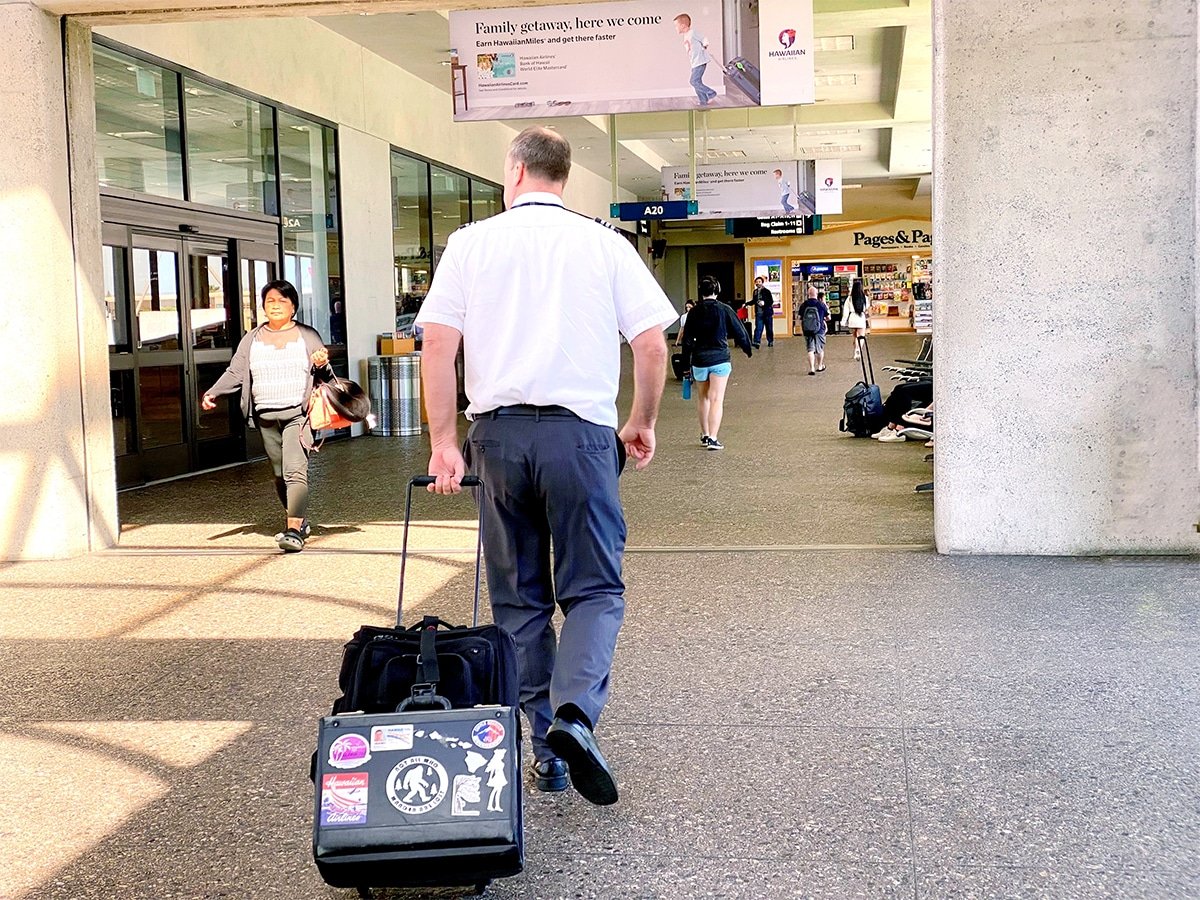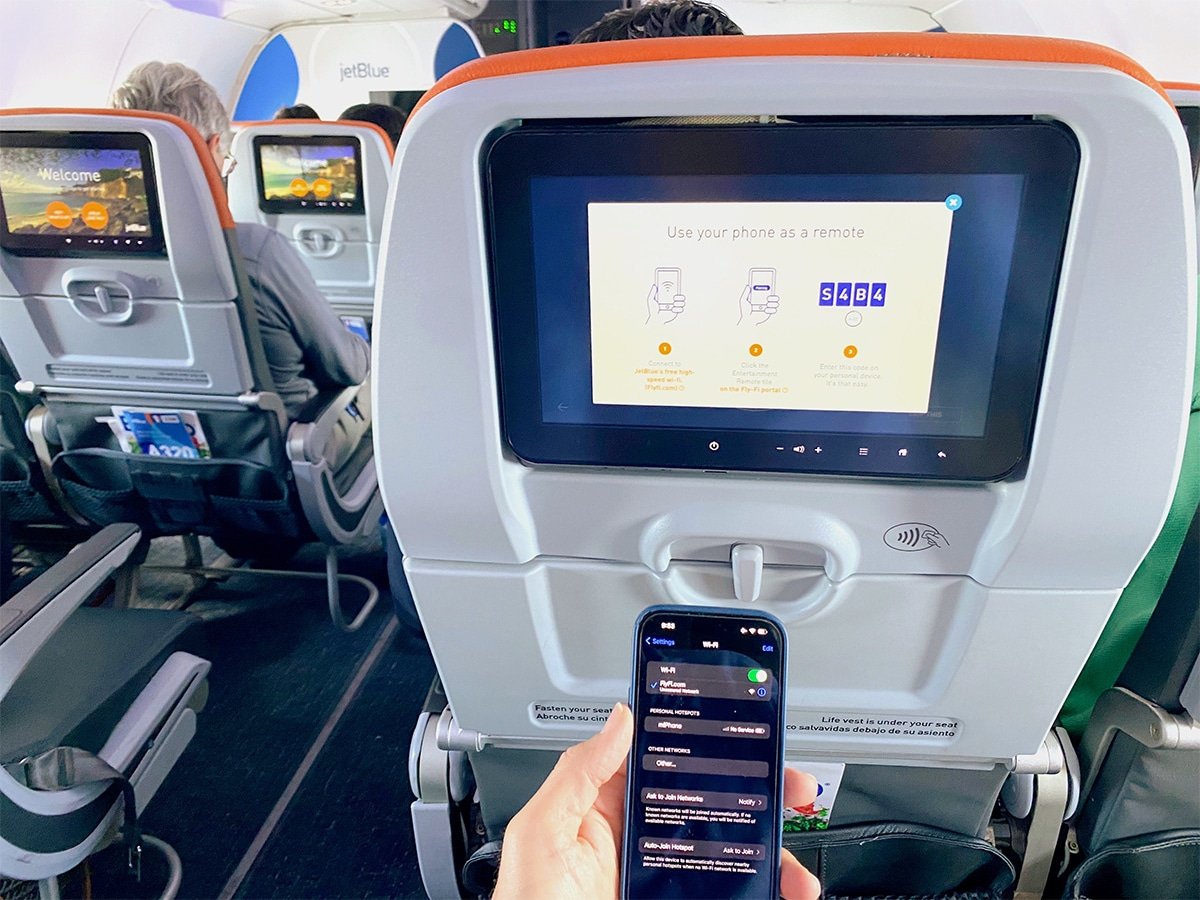
In our Ask a Pilot series, pilot Spencer Marker answers one of your aviation-related questions each week. See past installments here and submit your own to Whitney@johnnyjet.com.
The question
How far do planes fall during turbulence—and where in the world is it most common?
—Dave
The answer
Thanks for the excellent question. I first touched on turbulence a little in a previous article, but your question allows me to expand the discussion a little and elaborate more on where pilots expect to find turbulence and how we deal with it.
Where we expect to find it
Pretty much any airport and any airspace can contain turbulence depending on the weather conditions that exist at a given time. That may include gusty winds at the airport’s surface to thunderstorms and frontal systems along an airplane’s flight path. Pilots are notified of these conditions in advance so they may be avoided or mitigated.
That being said, there are some geographic areas where pilots can regularly expect a rough ride. Flying into airports in mountainous areas, pilots can regularly expect to find turbulence. This is due to wind blown across the ground interacting with terrain features and causing turbulent air. Aircraft flying into airports like Las Vegas, Denver and Salt Lake City often experience turbulence during their initial climb and approaches to landing. It generally only lasts for a few minutes while the aircraft is close to the ground.
Higher up, pilots can experience mountain wave turbulence. This is the result of strong winds being blown across a mountain range, like the Rockies or the Alps, displacing air upward as it rises and falls along the mountains. The resulting effect feels like driving a car quickly up and down a hilly road. Intense mountain wave turbulence can result in a hundred feet of altitude change or more but happens gradually. Passengers rarely notice.
Areas of convective activity, or thunderstorms, also present the potential for turbulence due to strong updrafts contained within a thunderstorm cell. Pilots have weather radar for detecting these areas and will always avoid a storm, rather than fly though it.
The Intertropical Convergence Zone is another area where pilots regularly expect turbulence. Known as the doldrums to sailors, this area encircles the globe near the equator where the northeast and southeast trade winds converge. This convergence leads to rainy and sometimes stormy weather when traversing the equator. Persistent showers and storms in this area leads pilots to regularly expect rough rides.
The jetstream can present pilots with clear air turbulence, or CAT. Just as the name implies, CAT is invisible to the naked eye but can be avoided with proper pre-flight planning and air traffic control coordination. CAT often accompanies strong wintertime jetstreams in the Northern Hemisphere.
What we can do about it
Pilots have many tools at their disposal when it comes to locating and avoiding areas of turbulence. We gather information from everything including our flight tablets, company meteorology departments, dispatchers, and reports from other pilots. Our first instinct is to avoid turbulence altogether. So we will do this by changing altitude or altering our flight path.
However, if turbulence is expected and cannot be avoided, a pilot’s mind immediately goes to the safety of the passengers and fellow crew. So we will turn on the “Fasten seatbelt” sign and advise our flight attendants to stow their carts, suspend their service and take their seats. This way everyone and everything in the cabin is secured in case we encounter any strong bumps. We secure the cabin because nearly all turbulence-related injuries result from passengers not fastening their seatbelts or being out of their seats when it occurs.
We will then slow to our turbulent air penetration speed. This is a speed recommended by the aircraft builder that will not overstress the airplane in turbulence. From there, we wait to exit the rough ride and continue our journey.
I’ve encountered turbulence countless times in my career, yet only one or two times would I call the turbulence severe. During these encounters, the aircraft’s altitude varied by only 10 or 20 feet. Even though sudden jolts can feel like falling, the altitude change is more often than not minimal.
To sum up
Thanks again for the great question, Dave. Turbulence is something pilots and passengers alike would prefer to avoid. However, to enable travel to certain parts of the globe, airplanes must traverse areas where turbulence is common. Nonetheless, with today’s modern aircraft and understanding of meteorology, turbulence is more of a nuisance than a safety hazard. But remember, if your crew does turn on the “Fasten seatbelt” sign, please take your seat and buckle up.
If anyone have a burning aviation question or something you would like cleared up, drop us a line at Whitney@johnnyjet.com to get your question featured in an upcoming Ask a Pilot column.
Tailwinds,
—Spencer







